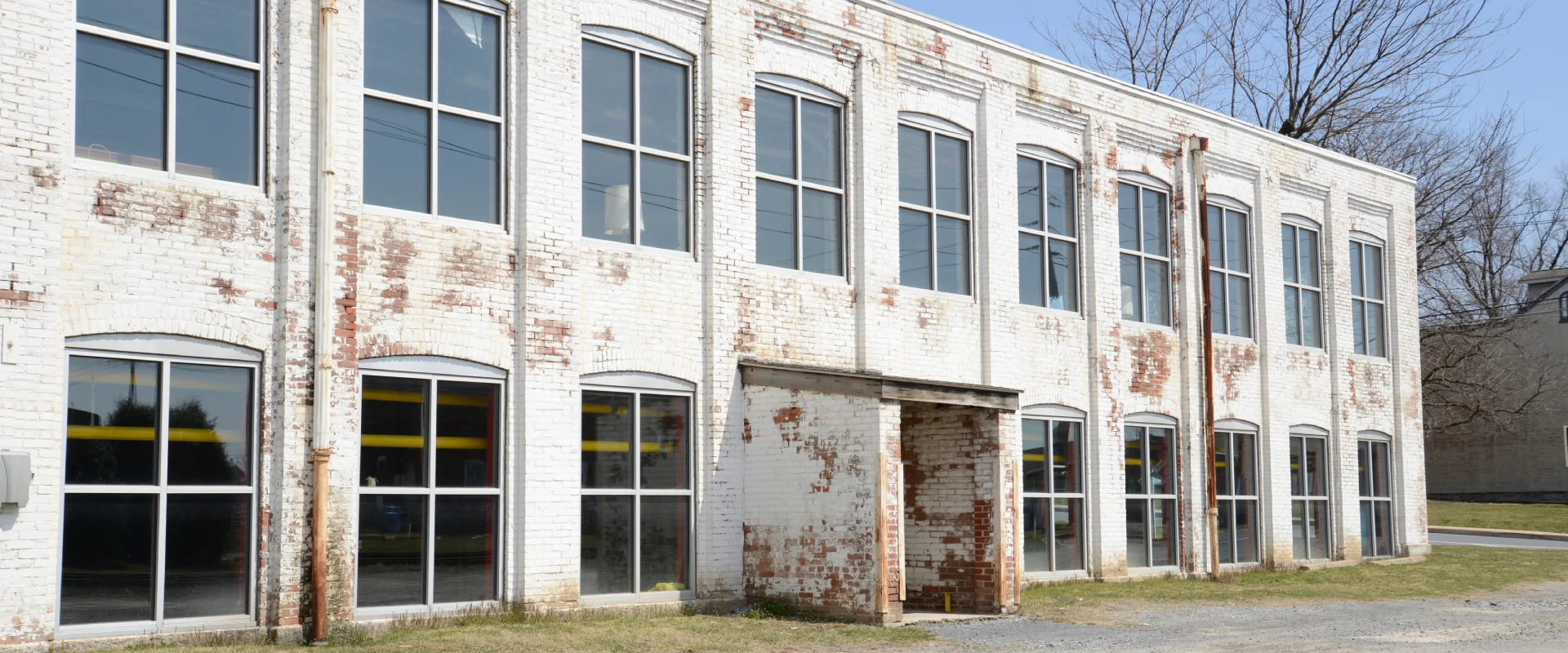
07-17-2024
Everyone wants safe and affordable housing, but are we willing to live in less than the safest housing if it means it will also become more affordable?
I am the co-Principal Investigator on a two-year federal grant from the U.S. Department of Housing and Urban Development (HUD) to study the costs and benefits of recent proposed revisions to rules governing the design and construction of multifamily residential buildings. Our research is part of a larger initiative to study innovative methods to boost housing supply nationally. The co-PI for the study is Claudio Martini, assistant professor of construction management technology in the Purdue Polytechnic Institute. Others involved in the interdisciplinary project are Ted Weidner, associate professor of engineering practice in the College of Engineering, and Danny Wyman, assistant professor of practice in Purdue Polytechnic.
The International Building Code (IBC) was established by the International Code Council (ICC) in 2000 with the goal to promote uniform health and safety standards of commercial and residential buildings with more than two units. Despite its official-sounding name, the ICC is a non-profit organization primarily sponsored by building trades and housing manufacturers that only makes recommendations to state and local governments about codes to adopt within their jurisdictions. Those recommendations have shifted in recent years beyond health and safety motivations to also include minimum quality standards regulating attributes such as airborne sound.
While some states and local jurisdictions immediately adopt the latest recommended standards, an increasing number of state governments that are under pressure to increase the supply of affordable housing are now starting to question which vintage of building codes is best for its constituents. Indiana, for instance, is requiring the 2012 code standards; Montana and Wyoming use the 2021 codes, while Illinois and Missouri use local adoptions.
Our study proposes to measure the direct economic costs of adopting building code revisions for specific types of multifamily housing throughout the United States from 2009 to 2021. We also want to assess and categorize the state of knowledge regarding reduction in social, economic, and environmental risks, along with other benefits that support the adoption of stricter building codes and standards. Finally, we wish to create a tool to help state and local code adopters estimate the impact on affordability and net benefits of stricter code adoption on their own housing markets.
The end goal is to provide clarity for state and local governments to better understand motivations and affordability tradeoffs of revised recommendations. We also hope the research will promote enhanced uniformity of standards, making it easier for multifamily developers to navigate the codes, which in turn would lower break-even prices of new development and make housing more affordable nationwide through expanded supply.
Mike Eriksen is a professor of economics focusing on real estate, economic development, housing, public policy, and public/private partnerships at the Mitchell E. Daniels, Jr. School of Business. He is director of the Dean V. White Real Estate Finance Program, which provides thought leadership and helps prepare students to plan, develop and manage successful commercial real estate projects to transform the communities where they live.